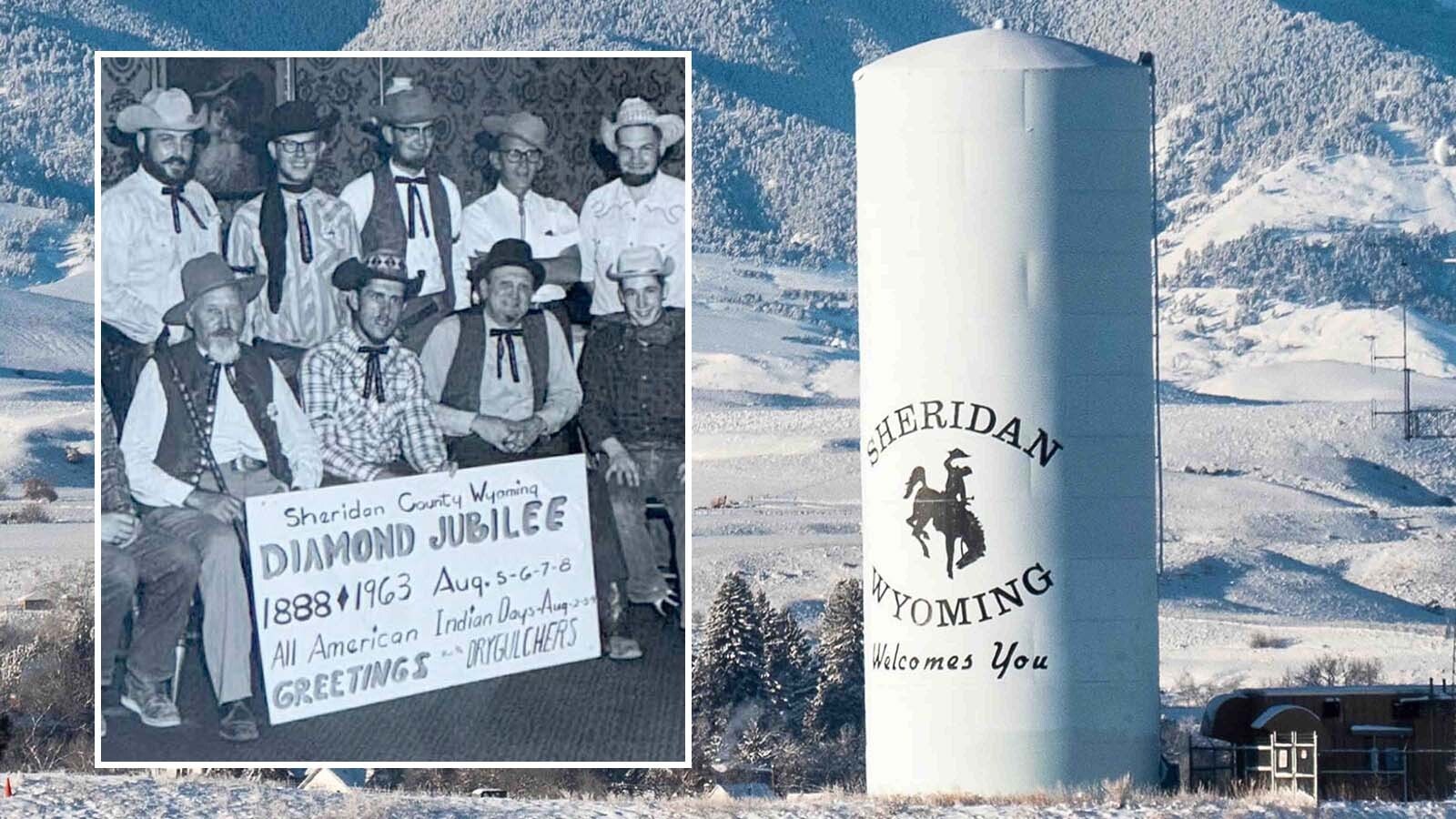The popular video game series “The Last of Us,” which has been made into an equally popular television series on HBO, has finally reached what seems to be the last bastion of civilization left — Jackson, Wyoming.
But for some Jackson residents who also are fans of the show there’s just one problem.
“I think for anyone who has watched the Wyoming-area scenes, it’s very apparent that Canada doesn’t look like Wyoming,” Rep. Mike Yin, D-Jackson, told Cowboy State Daily. “I appreciate that it takes place in Jackson. And it’s nice to see the little touches they did try to make it feel a little more (like) Jackson. Like, there was the sign for The Bunnery, I think I remember seeing.”
Code Of The West
Apocalypse Jackson in the show depicts a town encircled by mountains, or at least hills, in the distance, though the camera is kept artfully low so that the particular mountain range is never clearly recognizable.
The streets, meanwhile, show a busy, snow-laden town in winter with people hard at work on their survival. Men saw lumber while another group stacks it. There are children, all appropriately dressed in warm coats, playing in front of a day care, while vendors appear to sell their wares in a street-side marketplace outside of shops that advertise a variety of goods.
People are shown helping each other to survive as well — much like you’d expect in Wyoming, where children have been raised on the Code of the West.
There are structures that look like greenhouses, which speak to the resilience and ingenuity of apocalypse Jackson residents.
There also are many signs that say things like “Jackson School” and “Welcome to Jackson.”
But for those who actually live in Wyoming, the setting is clearly not Jackson at all, no matter what the signs say.
And they’re right.
The Jackson scenes were mostly filmed in Canmore, a small town in Alberta, Canada.
Wyoming Is Resilient
The Canada setting for Wyoming underscores what has become an all-too-common reality of late.
Many films are being set in Wyoming, taking advantage of the cowboy mystique’s popularity, which the Cowboy State is so well known for, but other communities – and sometimes even other countries – are reaping huge economic benefits that come from that.
“I think it’s just one more example of, you know, people like Wyoming culture and want to see it on TV, but they have to see Canada instead,” Yin said. “And I’d rather people see Wyoming.”
Jackson, and Wyoming in general, is a good setting for the last bastion of civilization, Yin added.
“I think that Jackson could survive almost any apocalypse,” he said. “Other than Yellowstone exploding. That one, we might not be able to survive. But I think the zombie apocalypse, we’d do a good job.”
Other communities in the state also would do a good job at surviving too, though, Yin added, and could have been great choices for a production set in the Cowboy State.

Payday Was $10 Million
Each episode of “The Last of Us,” which was recently re-upped for a second season, is worth at least $10 million in economic benefit, according to media reports.
It’s not clear from the reports, which are estimates based on comparisons to other movies, whether any of that is money paid to actors, but even at that, it still suggests that the on-the-ground budget for the production, which is what boosts the local economy, is significant.
There’s also a tourism benefit, when fans of a production show up in the communities where those films were shot, looking to see something that’s not really there — like Joe Pickett fans showing up in Canada to find the Big Horns.
“It just reiterates all the times where people want to see Wyoming in media, but we don’t have the structure to let them film in Wyoming,” Yin said. “We could have had a chance with the film incentive bill that we had this year.”
House Bill 92, which was considered in the recent state legislative session, would have created a program where films shot mostly in Wyoming and spending money in Wyoming could have qualified for a small rebate on expenses. The rebate was not nearly as large as other states like Montana and Utah or Canada, but would have been something to at least get the state a spot at the negotiating table.
The idea, which has been considered by the Legislature before, had enough votes to pass the House and advance to the Senate this year, according to advocates, but it was placed last on the list and missed the deadline to cross over to the Senate.
Yin was quick to acknowledge Jackson itself probably doesn’t need more tourism, but filming in a different part of the state could help other areas boost their economies and tourism, and would reflect better on the state as a whole.
“Without actually filming in Wyoming, it’s hard to show off what Wyoming actually looks like,” he said.
Without more legislative support, though, it’s likely Wyomingites will continue to see their state portrayed by places like Canada.





